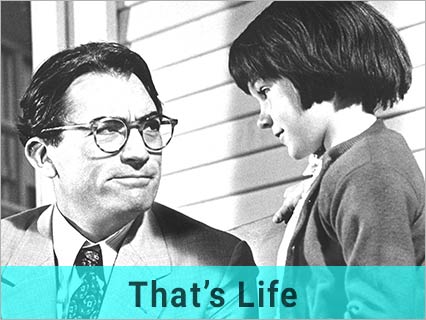Another way to visit family in residential care.
08 Jul 2018
Dear LPG,
I read and completely agree with what was posted on 27th June this year, when RO of Downham focused on the importance of having someone visit relatives who are in care homes regularly. But while that writer emphasised the fact that the care home staff still need to know that residents’ loved ones are vigilant and very aware of the standard of care that they receive, it is equally as important to engage that family member as much as possible.
I have a relative that I visit regularly and, while my visits are expected and I find myself phoning when I am unable to make it, I am always trying to find ways to make those visits count. I agree with RO’s note about regular visits often having to be fairly brief as that is often the case when I visit.
I try to be prepared to engage some of the other residents so that, even if the object of my visit is asleep, or too tired to talk to me, there is something that I can do when I am there. I often produce a book of crosswords and invite everyone to help me out or chat with those who are willing and able to talk. Dementia, which is nearly always present, often allows recurring topics of conversation, and a few comments on whatever is on the Television sometimes help.
I come from a family where many of the members have now moved to far-flung parts of the world and I find that my mobile smart-phone has become a really important tool during those visits. From time to time and with time differences permitting; I am able to use Skype and WhatsApp to make contact with members of the family who live abroad, and also those who live relatively locally but who can’t visit that often because of work and other commitments. I find that this helps to keep those family members a little more real for the resident, and that it has a similar effect on the members of the family who are able to see, hear and experience a little exert of care home life in this way . It is often the case that the family members get more out of the experience than the resident, but it can add yet another focal point to this very important time.
The only down side to such contact is the size of the screen on a mobile phone. So I look forward to a time when care homes have a mobile computer terminal or large-screened tablet where it is possible for residents, who often suffer with a degree of failing eyesight but have family that can communicate in this way, can take full advantage of this technology for as long as it is possible.
JB, New Cross.
JB makes a good point here as more and more smart phones and iPhones carry this technology although the software needed needs to be accessed by both phone using it. LPG has found a little information on how to get and use this technology on smart phones for those who would like to try it for themselves, although the help of a person who has already got the knowledge could be the way forward for someone starting out. It is also to be noted that there are a few other Video chat software apps available although it is generally accepted that Skype and WhatsApp are the most popular. We have found a little information about some of these too. …







